ANIMALS
12 Of The Deadliest Snakes In The World
Published
11 months agoon
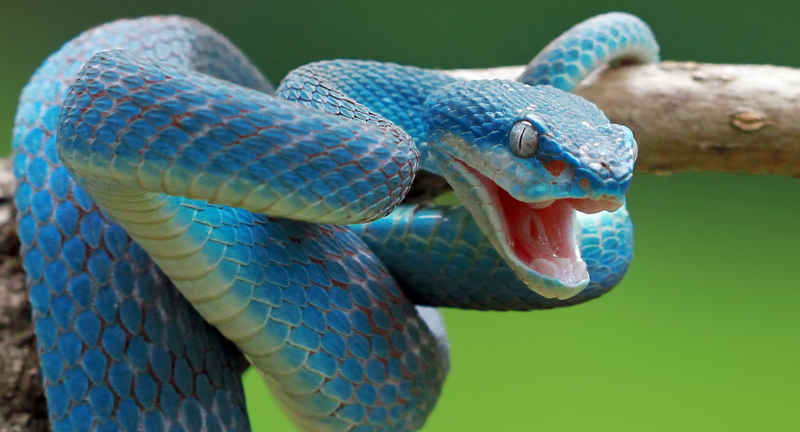
Shutterstock
The world is teeming with a mesmerizing array of snake species, some of which wield venom so potent it can spell danger for humans. In this article, we embark on a journey into the captivating yet sometimes chilling domain of the deadliest snakes on Earth. These serpents, spanning diverse continents and habitats, have evolved formidable venoms tailored for both hunting and self-defense. From the famed Inland Taipan of Australia, crowned as the world’s most venomous snake, to the majestic King Cobra with its iconic hood, each of these creatures boasts unique traits and adaptations that establish them as apex predators in their respective ecosystems. Join us as we delve into the intriguing world of these top predators, exploring their venomous prowess and the profound impact they wield on their environments, including occasional interactions with human populations.
Inland Taipan
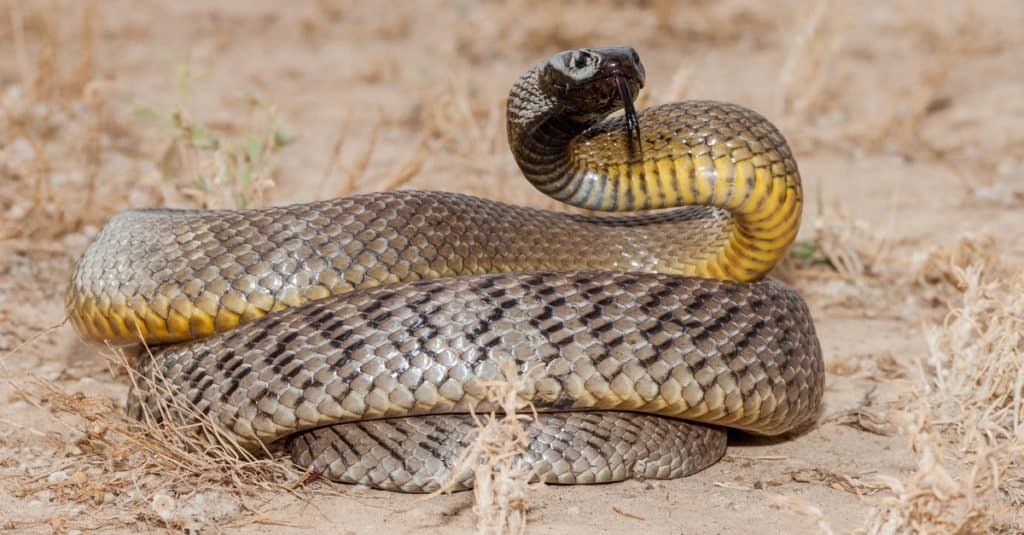
shutterstock
The Inland Taipan, alternatively referred to as the “Fierce Snake” or “Small-scaled Snake”, stands as a highly venomous reptile indigenous to Australia. Renowned as perhaps the most venomous snake globally, its venom possesses lethal potency even in minute quantities for humans. Despite this formidable reputation, the Inland Taipan is exceptionally elusive, preferring a reclusive lifestyle that renders encounters with it a rarity in the wild. Consequently, it remains a captivating yet enigmatic subject for herpetologists and admirers of serpentine biodiversity.
Coastal Taipan
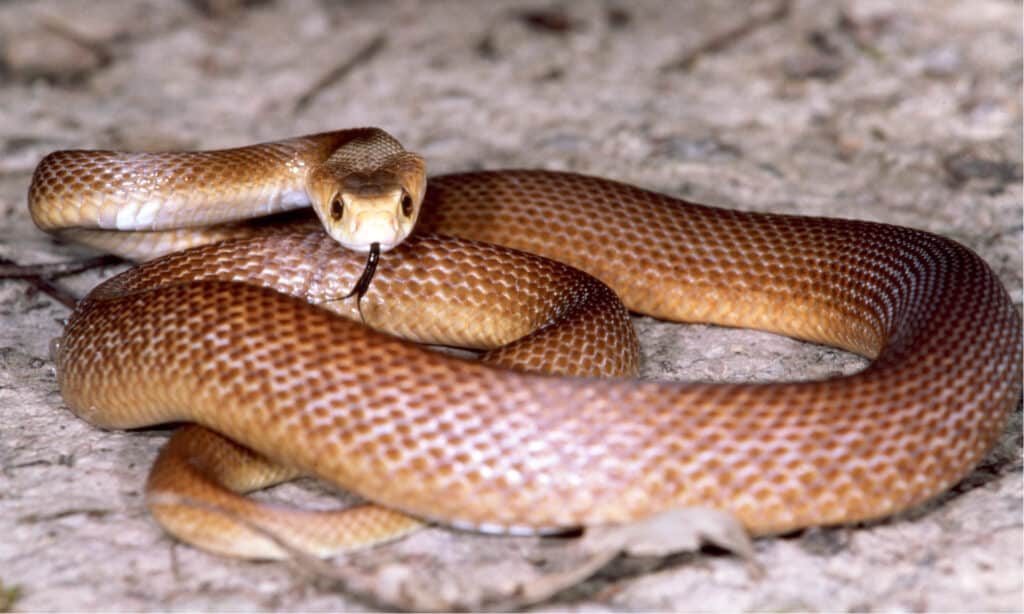
shutterstock
The Coastal Taipan, commonly referred to as the “Common Taipan” or “Coastal Taipan Snake,” is a formidable venomous species inhabiting regions of northern and eastern Australia, as well as parts of Papua New Guinea. Its venom is notorious for its potent neurotoxic properties, capable of inducing paralysis and potentially proving fatal to humans if untreated. Despite this perilous attribute, the Coastal Taipan is generally characterized by its shy and non-aggressive demeanor. Nevertheless, it fulfills a crucial ecological role by regulating rodent populations within its habitat, thereby contributing to the delicate balance of the ecosystem.
Black Mamba
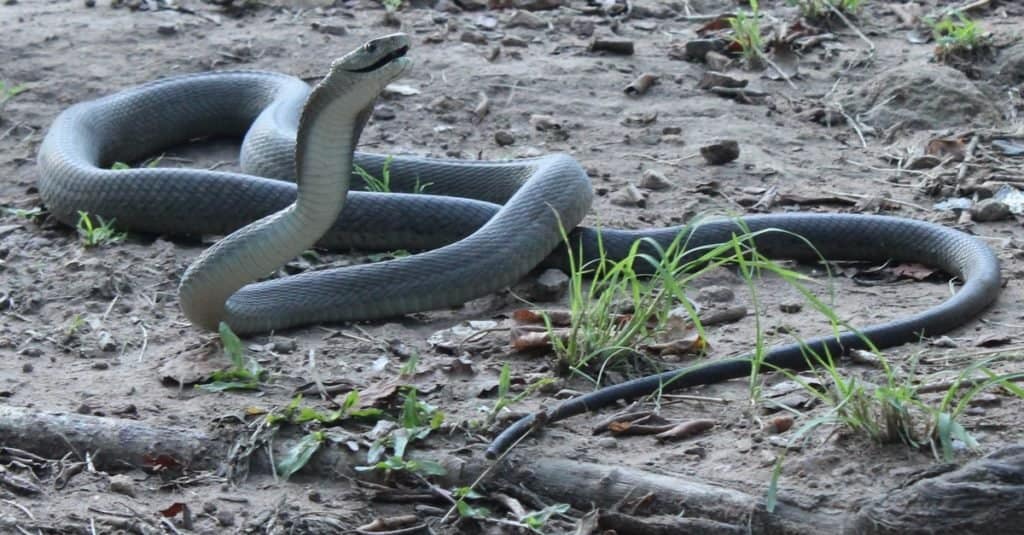
shutterstock
The Black Mamba stands as one of Africa’s most dreaded and lethal snake species. Its fearsome reputation stems from its potent venom and remarkable speed, traits that make encounters with this serpent perilous. Unlike its exterior, which typically displays shades of grayish or olive-green, the Black Mamba’s most distinctive feature is the inky-black coloration inside its mouth, often displayed as a warning signal when threatened. Armed with neurotoxic venom, it can swiftly incapacitate prey or adversaries, posing a severe threat to humans if bitten. Indeed, swift medical intervention is imperative, as the venom can induce paralysis and potentially prove fatal within a matter of hours.
Eastern Tiger Snake
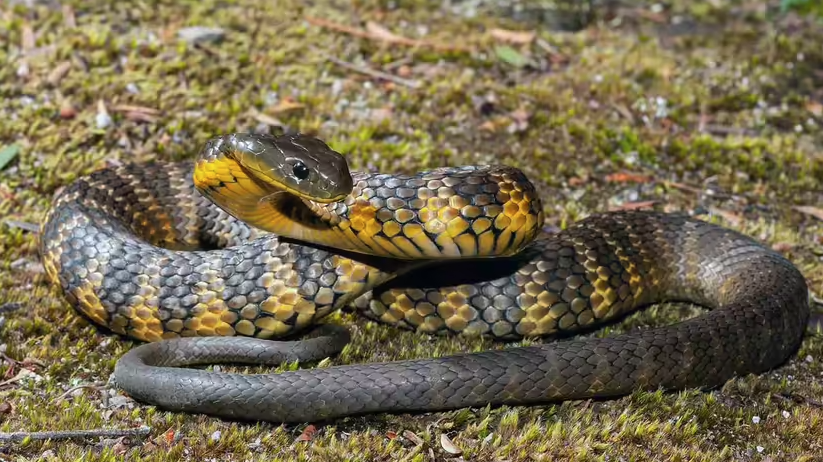
shutterstock
The Eastern Tiger Snake prowls the coastal regions and wetlands of southern and eastern Australia with its distinctive banded pattern, a mesmerizing blend of black, yellow, and orange hues. Despite its captivating appearance, this serpent conceals a potent venom that serves as a potent defense against potential threats. While generally reclusive and preferring to avoid human interaction, the Eastern Tiger Snake can swiftly turn aggressive when cornered, delivering a bite that carries the risk of serious consequences. In the delicate dance between humans and wildlife, caution and respect for these majestic creatures are paramount to ensure harmony within their shared habitats.
Fer-De-Lance
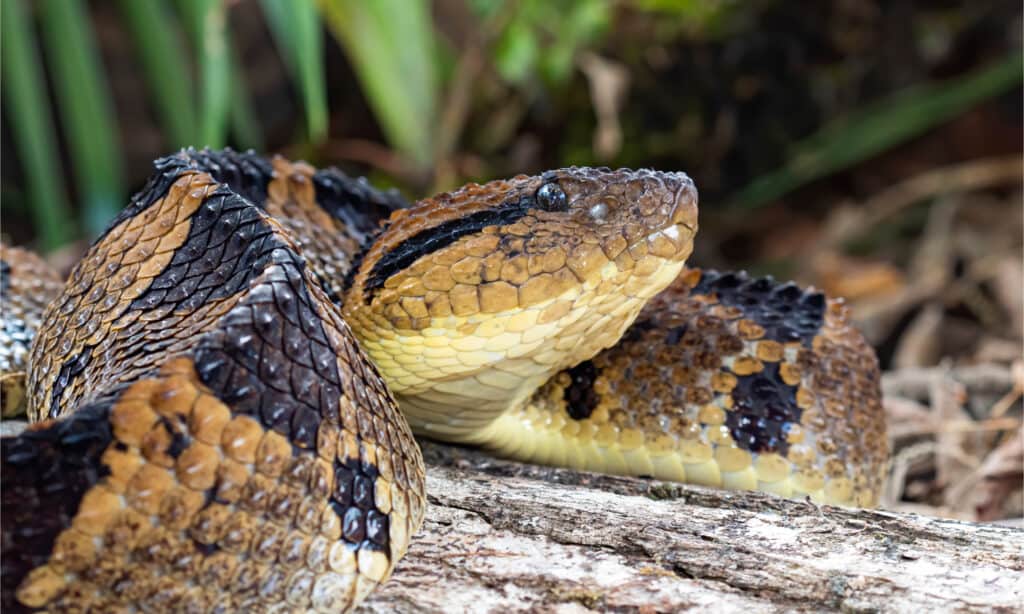
shutterstock
The Fer-de-Lance, or Bothrops asper, commands respect as one of Central and South America’s most formidable pit vipers. With its potent blend of hemotoxins and cytotoxins coursing through its venom, encounters with this serpent can quickly turn perilous, leading to severe tissue damage and coagulation disorders. Its aggressive disposition and preference for habitats near human settlements amplify the risks, making it a considerable threat to public health in regions where it roams. Characterized by its triangular head, prominent facial pit organs, and a telltale light stripe tracing from eye to head, the Fer-de-Lance stands as a symbol of caution in the vibrant tapestry of the Americas’ natural landscape.
Saw Scaled Viper
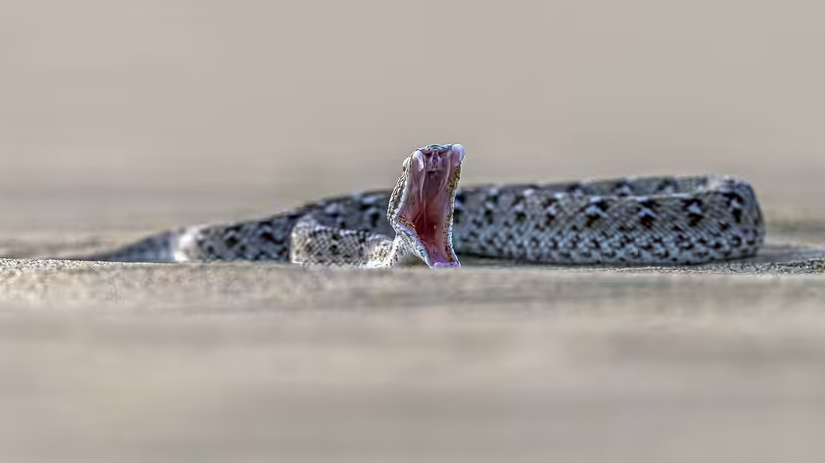
shutterstock
The Saw-scaled Viper is a venomous serpent native to regions spanning Africa, the Middle East, and the Indian subcontinent. Characterized by its unique saw-like scales along its back, it has earned its name from the distinctive sound produced when these scales rub together, serving as a warning signal when the snake feels threatened. Renowned for its potent venom, the Saw-scaled Viper ranks among the most perilous snakes within its habitat, posing considerable risks to both human populations and livestock alike.
Banded Krait
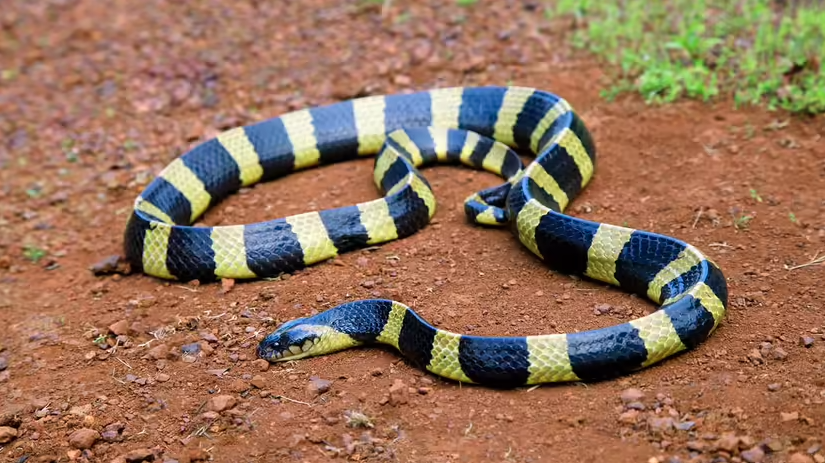
shutterstock
The Banded Krait is a mesmerizing serpent inhabiting the lush landscapes of Southeast Asia, including regions of India, Thailand, and Malaysia. Its distinctive black-and-white banded pattern distinguishes it amidst its surroundings. Despite its aesthetic allure, this creature harbors a lethal secret—its venom possesses potent neurotoxins, capable of inflicting fatal consequences if left untreated. Preferring the cover of night, the Banded Krait prowls in search of prey, often targeting fellow snakes and small vertebrates. Due to its elusive nature, encountering this serpent is a rare occurrence for most, yet its venomous bite serves as a stark reminder of the dangers lurking in the shadows of the natural world.
King Cobra

shutterstock
The King Cobra reigns supreme as the largest venomous snake on the planet, its domain spanning the lush forests and verdant jungles of South and Southeast Asia. Instantly recognizable by its majestic hood and the ability to rear up a significant portion of its body, this serpent commands respect from all who encounter it. Armed with potent neurotoxic venom, the King Cobra wields a deadly weapon, capable of bringing down even the most formidable adversaries. Despite its fearsome reputation, this apex predator prefers solitude, opting to retreat rather than engage in conflict. Its diet predominantly consists of other serpents, although it occasionally indulges in small mammals and birds, solidifying its status as a supreme predator in its natural realm.
Boomslang Snake
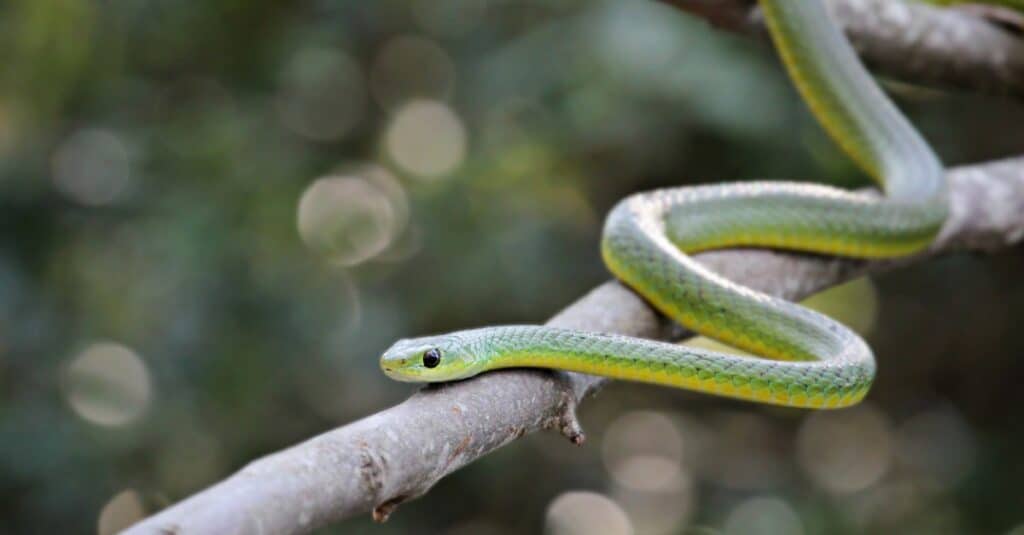
shutterstock
The Boomslang Snake slithers silently through the dense vegetation of sub-Saharan Africa, its emerald-green hue camouflaging it within the verdant foliage. Despite its captivating appearance, this serpent harbors a deadly secret – its venom possesses potent hemotoxic properties, capable of disrupting blood clotting and inducing severe internal bleeding. While encounters with the Boomslang are rare due to its reclusive nature, its venomous bite poses a significant threat to those who disturb its habitat. Despite this, the Boomslang is typically non-aggressive, preferring to retreat rather than engage in confrontation. This elusive snake serves as a testament to the delicate balance between beauty and danger in the natural world.
Russell’s Viper
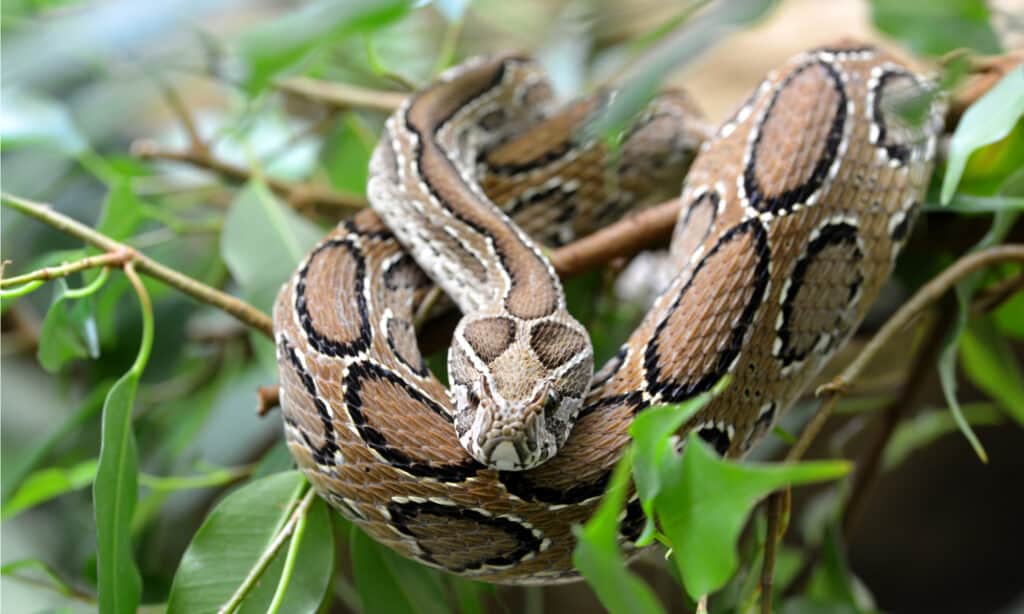
shutterstock
Russell’s Viper lurks in the shadowy undergrowth of South and Southeast Asia, its ominous presence signaled by the triangular silhouette of its head and the dark chevron patterns adorning its sleek body. Revered for its lethal potency, this snake wields a venom infused with hemotoxic properties, capable of causing extensive tissue damage and uncontrolled bleeding in its victims. While encounters with Russell’s Viper are infrequent, its penchant for hiding in tall grass and its aggressive response to perceived threats make it a formidable adversary for those traversing its habitat. In regions where it resides, this venomous serpent stands as a stark reminder of the delicate balance between humanity and the natural world.
Eastern Brown Snake
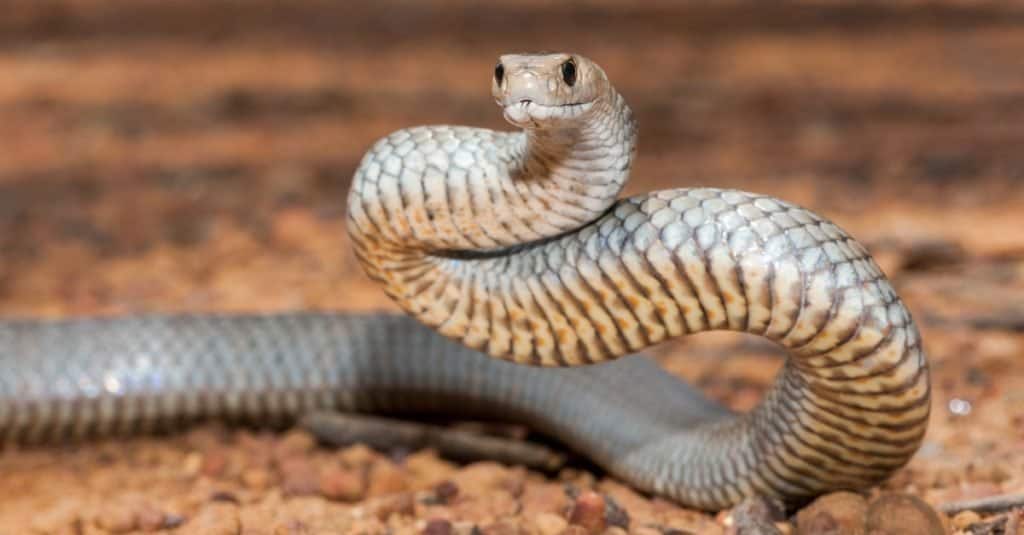
shutterstock
The Eastern Brown Snake slithers silently through the diverse landscapes of eastern Australia, its subdued hues blending seamlessly with the earthy tones of its surroundings. Despite its unassuming appearance, this serpent harbors a deadly secret within its fangs, wielding venom laced with potent neurotoxins and coagulants. Known for its aggressive disposition when provoked, encounters with the Eastern Brown Snake can quickly turn perilous for both humans and unsuspecting prey. Its adaptability to various habitats, including urban areas, underscores the importance of vigilance and respect for the wild creatures that share our world.
Insular Pit Viper
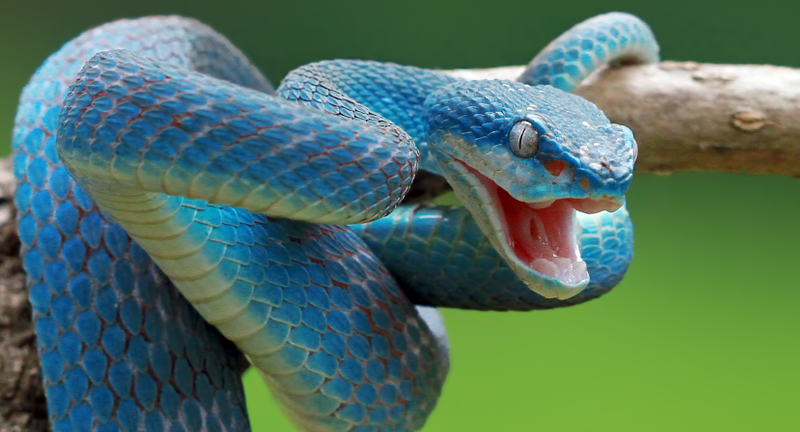
shutterstock
The Insular Pit Viper, scientifically known as Bothrops insularis, is a venomous pit viper species endemic to Queimada Grande, an isolated island off the coast of Brazil. Its small population and restricted habitat make it one of the rarest and most elusive snakes in the world. With a venom potent enough to cause severe tissue damage and coagulopathy, encounters with this viper are extremely dangerous. Conservation efforts are crucial to protect the Insular Pit Viper and its unique island habitat from threats such as habitat destruction and invasive species.
Conclusion
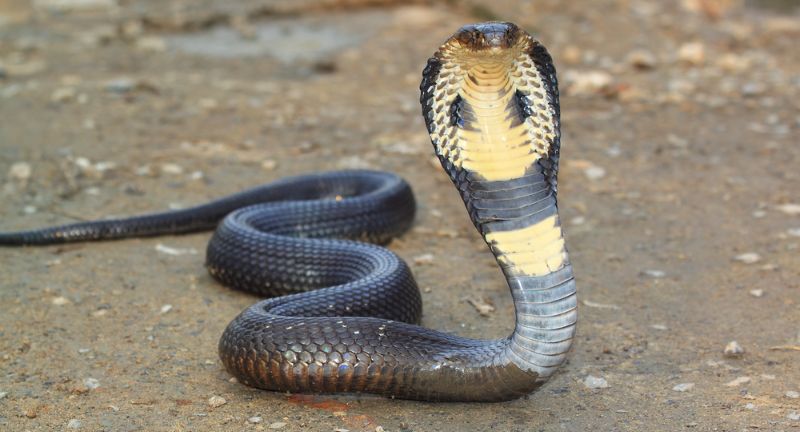
shutterstock
As we conclude our exploration of 12 of the deadliest snakes in the world, it becomes clear that these serpents command both fascination and fear across diverse ecosystems. From the venomous potency of the Inland Taipan to the stealthy ferocity of the Black Mamba, each species embodies the delicate balance between danger and adaptation in the natural world. While their reputations precede them as formidable predators, these snakes also serve as vital components of their respective ecosystems, playing crucial roles in regulating prey populations and maintaining ecological equilibrium. As we marvel at their awe-inspiring adaptations and respect their lethal capabilities, let us remember the importance of coexistence and conservation efforts to ensure the survival of these remarkable creatures for generations to come.
More Amazing Animals+
-


Rokka’s trunk might not yet be big enough to properly…
-
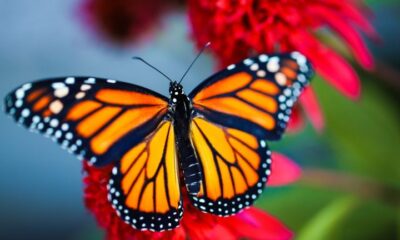

25 Facts About Monarch Butterflies And Their Remarkable Migration Journey
-
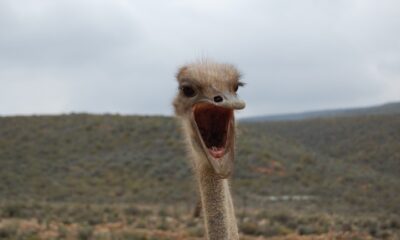

Don’t Let This Bird Fool You
-


27 Adorable Forest Creatures That Will Steal Your Heart
-


Danish Royal Life Guards escort duck family to Copenhagen harbor
-
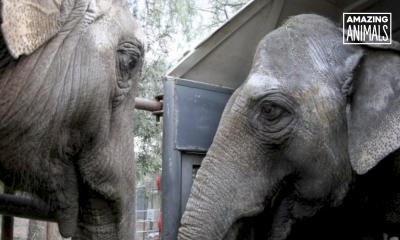

Elephant Mother And Daughter Get New Home With Room To…
-
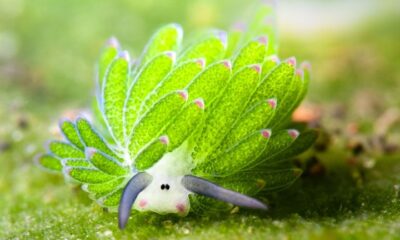

28 Most Colorful Critters From Around The World
-
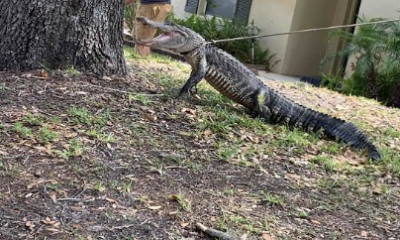

An Alligator Causing Havoc In Florida Woman’s Yard is Finally…
-


20 Fun Facts About Giraffes
-
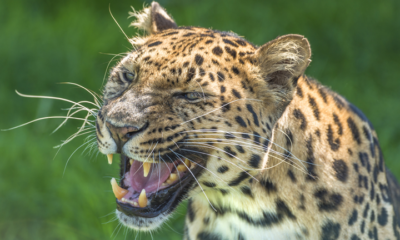

30 Deadliest Animals In South America
-


Today a 12 foot Great White shark was spotted less…
-
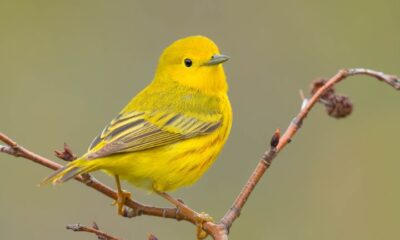

25 Birds That Migrate For Winter
